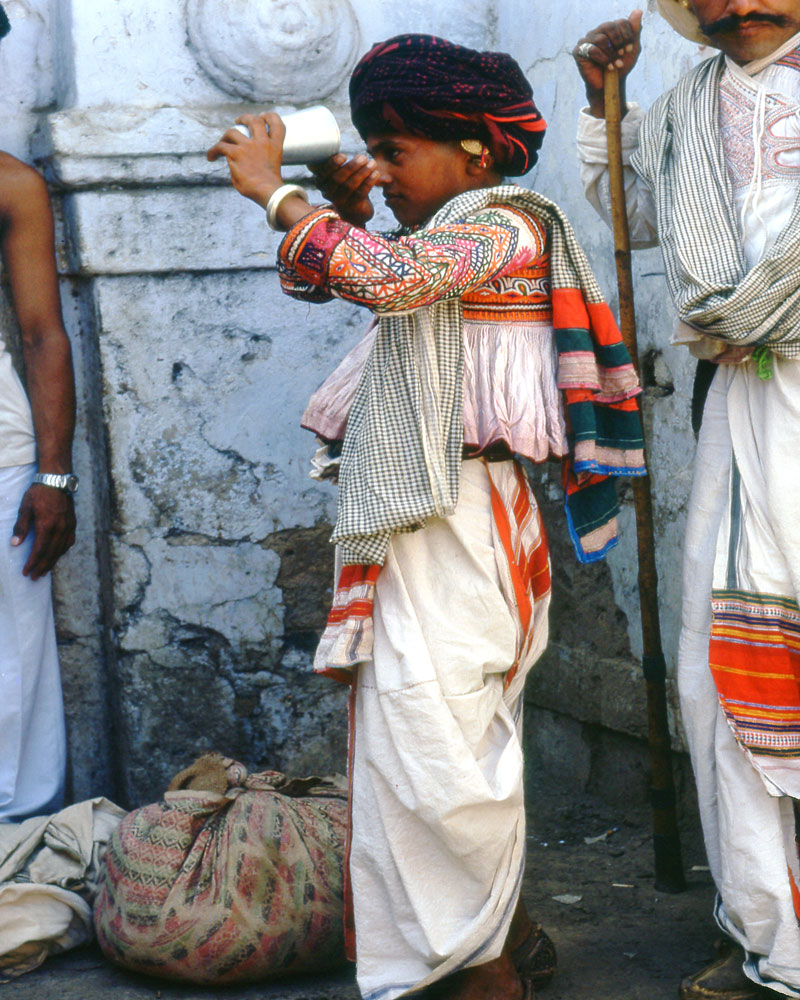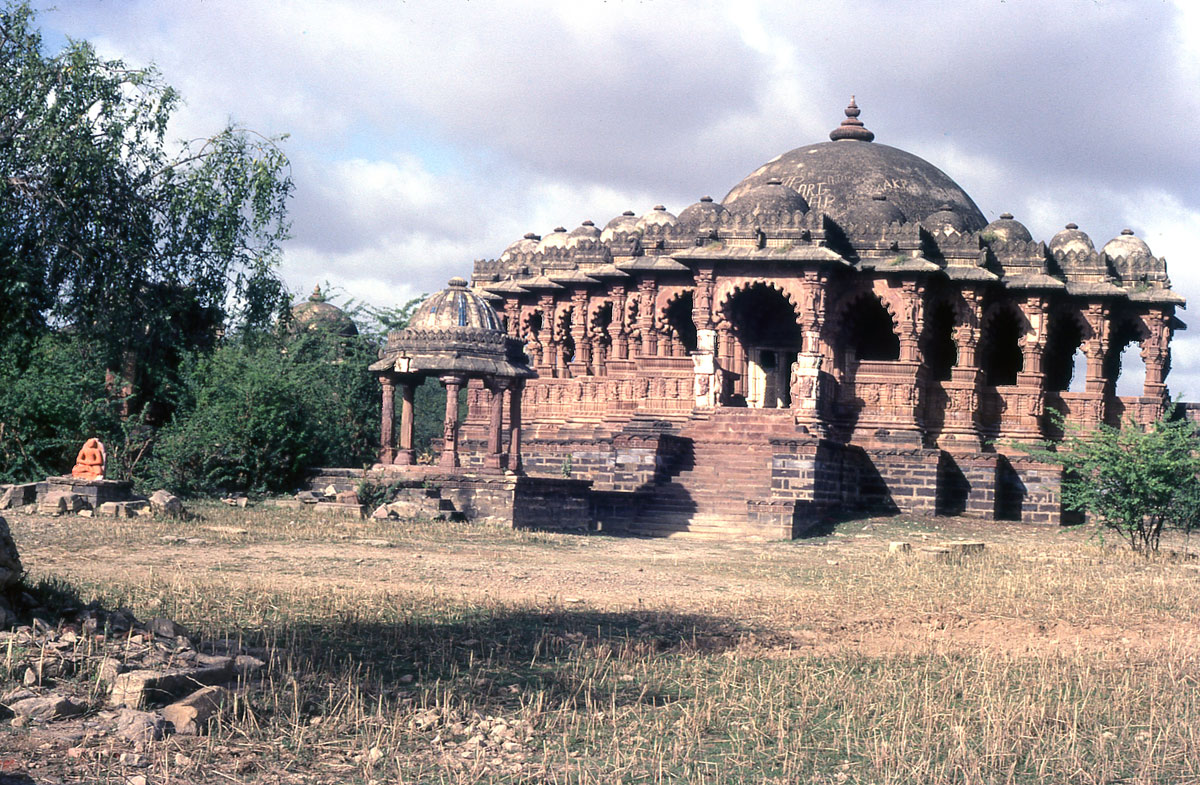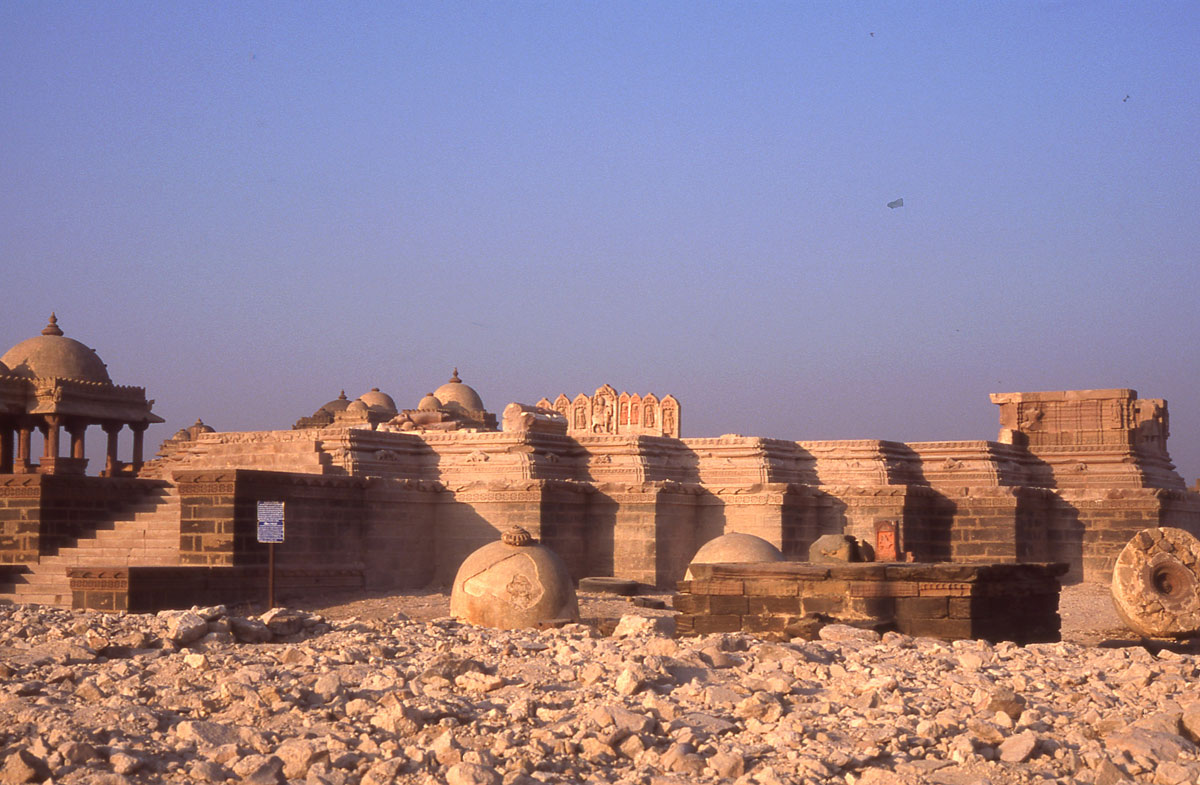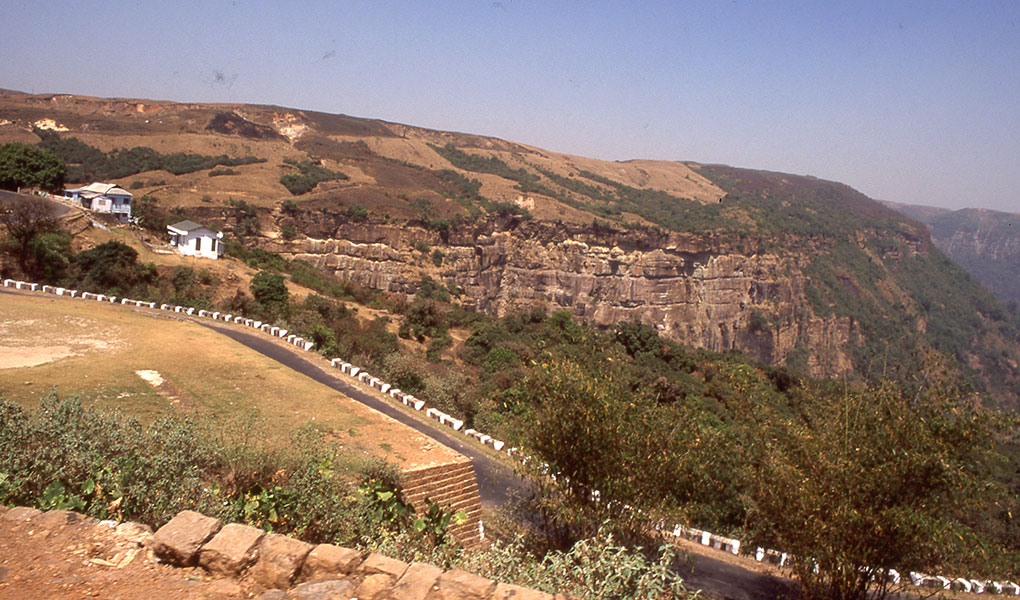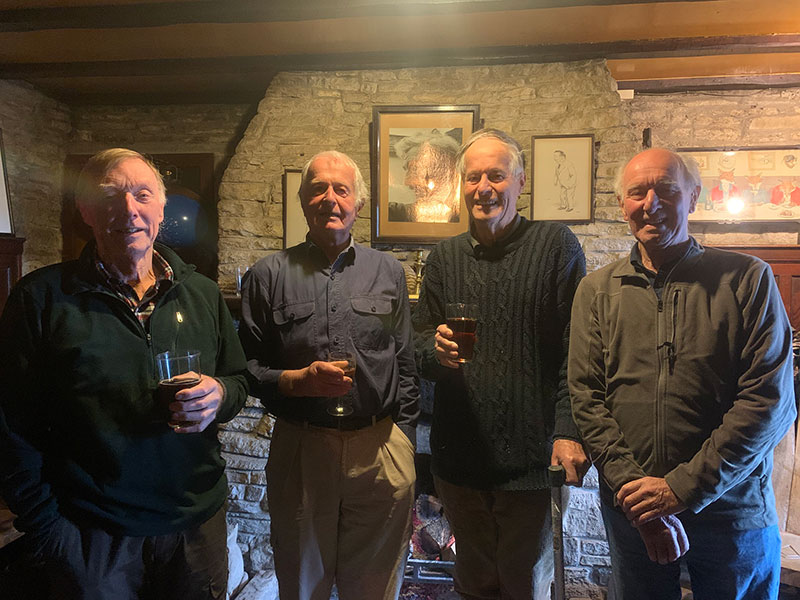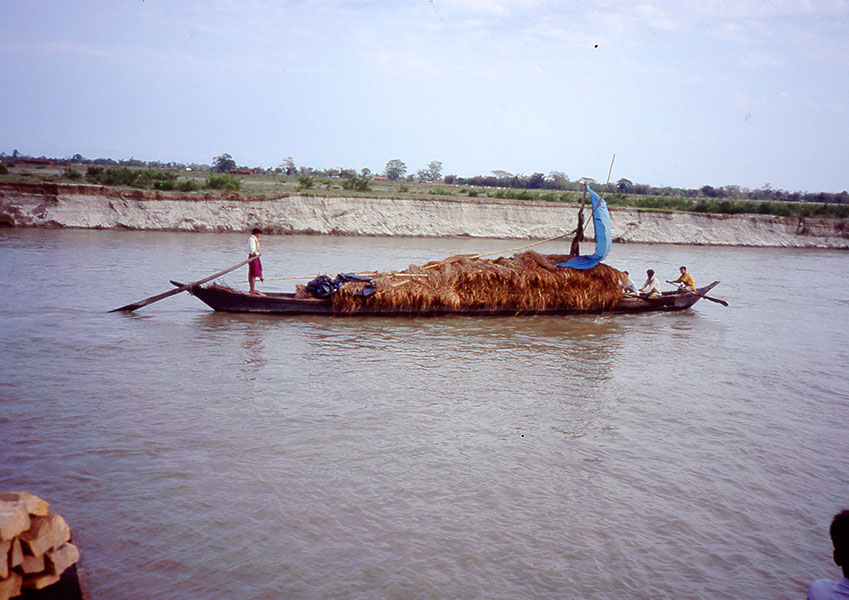42. When Kutch Shook
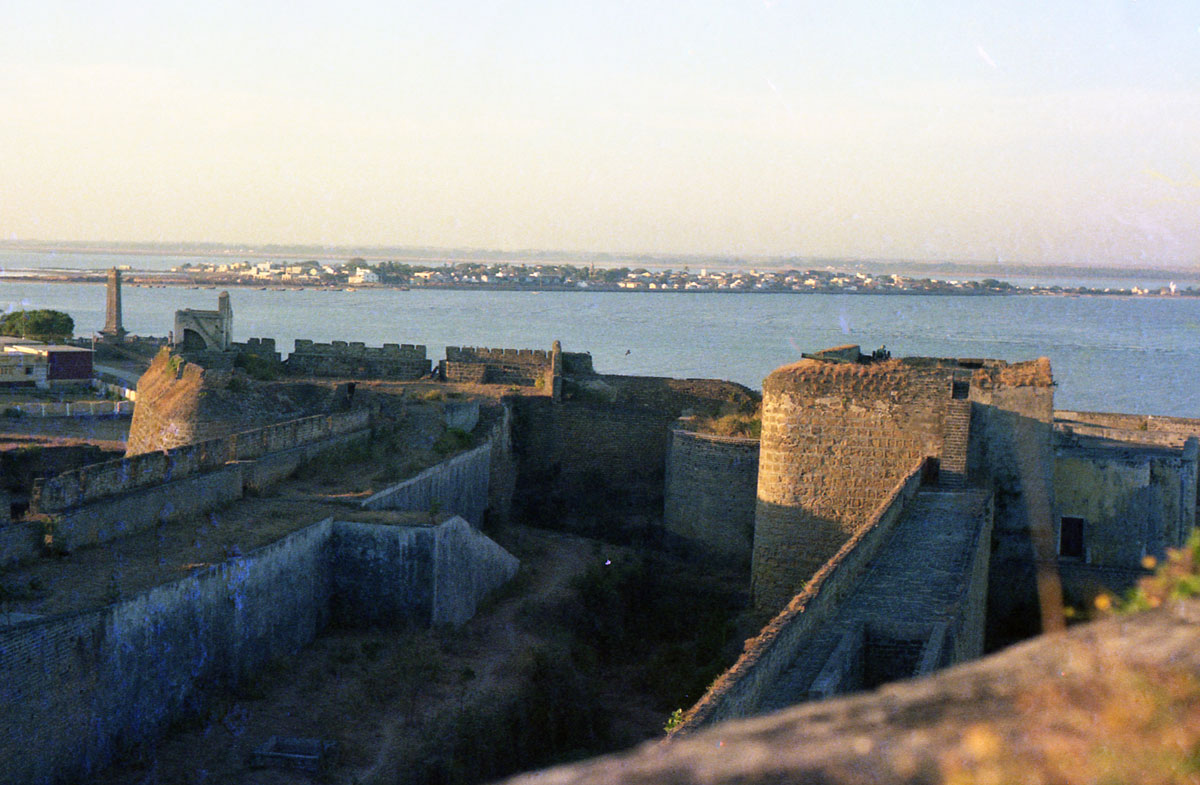
41. Christmas In Diu
February 4, 2021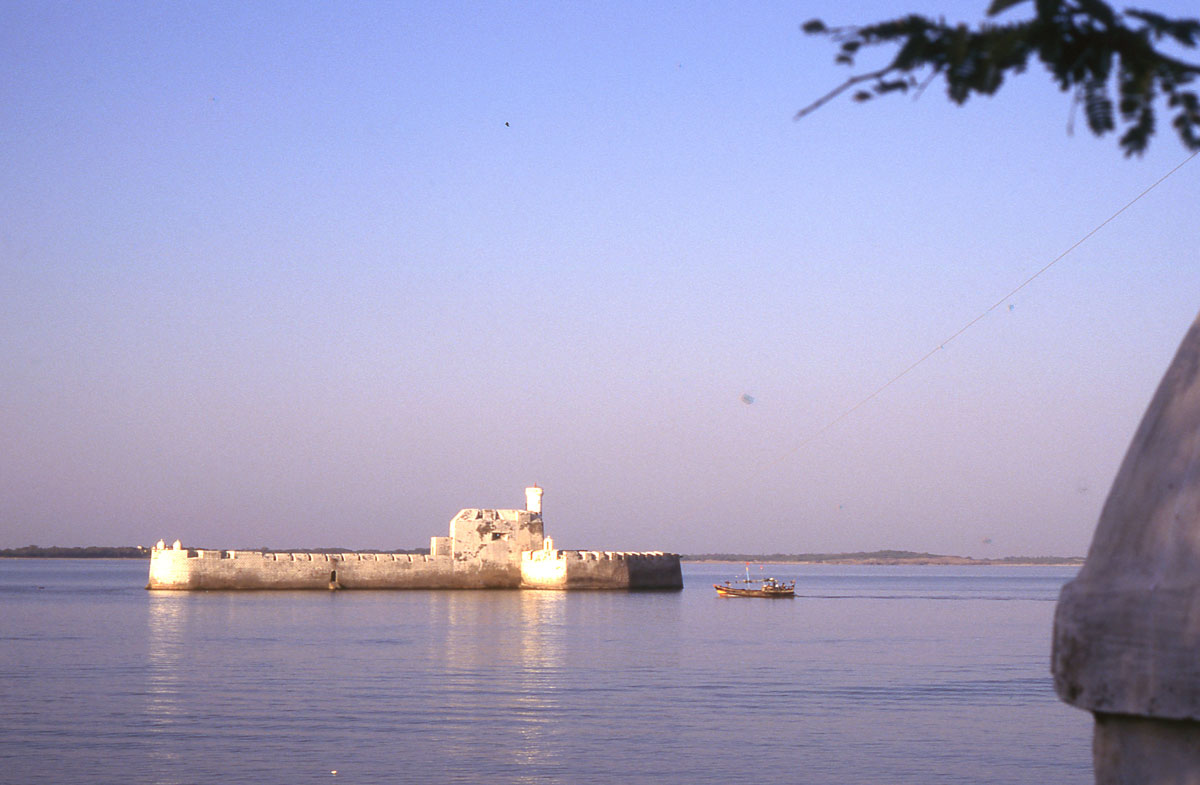
43. Living In Diu
February 18, 2021T hat first, brief visit to Kutch inspired others. It was an easy, if long, journey from Churu; after Jodhpur the train was rarely crowded. I had bought a good book on the region, 'The Black Hills', from the Aina Mahal – 'palace of mirrors'. This was a little gem of a museum, built by the remarkable mid 18th century Maharao of Kutch, Lakhaji, who, having usurped the throne from his father, inherited full treasury and spent liberally. An inquisitive sailor, Ram Singh Malam, saved from shipwreck by a Dutch ship, had worked for some years in Holland. When he appeared in Bhuj Lakhaji exploited his knowledge of Dutch technology and architecture and he played a part in building the palace. Carved figures in frock coats and tricorn hats on some buildings in Bhuj and Mandvi are due to his influence. It is said that Lakhaji sent a ship to Europe to buy more foreign objects, some of which are displayed in the Aina Mahal. They include 18th century glass paintings of English aristocrats ('The Duchess of Bumberland' delightfully misreading one copperplate caption) and prints of Hogarth's 'Rake's Progress'.
Kutch is now among the largest administrative districts in India and the book encouraged further exploration. Once, unaware that it was prohibited territory, I took a bus westwards to Narayan Sarowar, Koteswar, places of pilgrimage, and to Lakhpat, Lakhaji's new port left high and dry by an earthquake in 1819. Later, the police amicably put me on a bus back to Bhuj. With a permit, I went north to Khavda in the arid Banni region and from Zainabad Dhanraj Malik showed me the spectacular wild asses of the Little Rann.
With an eye for wall paintings, I went to MacMurdo's Bungalow in Anjar. Lieut James MacMurdo, sent there in 1812 as The East India Company's envoy, became the British Resident at Anjar. When building the house, in place of wall paper, he commissioned local artists to paint floral designs. A fluent Kutchi speaker, he established strong friendships in the region but died in 1820 - the British said 'of cholera', the locals claimed 'because he slept in the holy Varneshwar Temple'. His chhatri tomb, built by the Maharao near the Little Rann, was briefly a minor shrine. Now it stands (if it survived the 'quake) derelict by Venu Dada's restored 10th century shrine.
Kutchi textiles are immediately striking. The attractive and individual household embroideries stitched by girls for their dowries were sold by traders who dealt in worn, discarded goods. Handwoven blankets, printed and tie-dyed cottons were manufactured for the market. Anjar was a good centre for buying such work and I often sent some home to gift or sell and the local brass penknives proved useful, popular presents.
In 1979, I was irritated to find another Englishman in 'my' Bhuj hotel and buying textiles more seriously but, with no money while waiting for a money order, was compelled to touch him for a loan. That rs 50 duly repaid, John Gillow and I remain friends. The following year, Rabu and I visited Kutch. He proved ideal at putting people at ease while I took pictures of them in the colourful local garb. Together we visited Mandvi, looking at boats and flamingoes before returning to Churu with good photographs and green coconuts for his family. When James Tod, the historian of Rajasthan, visited Mandvi in 1833 it was a busy port, sometimes with up to 200 merchant vessels moored there, some crewed by African or Arab sailors. From here Tod sailed to Bombay then back to England never to return. Some of my photos from that trip feature in John's still-popular 'Traditional Indian Textiles'. Later, we wrote 'Arts and Crafts of India' together.
In 2001, while working on a never-published guidebook, I motorcycled around Northern India, spending a night in Barmer on the way south towards Kutch. At 08.40, just after bathing, the whole building shook. Earthquake! I fled – but not before locking the door! - to stand in the street with a half-clad crowd as the trees and buildings swayed. Afterwards, fearing an aftershock, I decided to leave. While packing a severely crippled man called me from the next room. He had been unable to leave.
Driving south with no idea of the epicentre, at each village people asked how things were in Barmer. There was increasing damage with each village. At Vav I asked for the vav (stepwell). There was none, but a bright boy guided me to an interesting Kapileshwar Temple where another boy, hitching a lift, knew a direct kaccha road to Bhabhar. There a modern temple had collapsed.
By Radhanpur, the last town approaching the Rann, it was clear the epicentre had been near Bhuj or Anjar. People were pouring out of Kutch in cars, buses, on foot or cart. Others were trying to get in to check on relatives. Many were camping in the local schools. It was Republic Day - tricolors flew to celebrate, but people said that houses had fallen on a procession through Anjar, killing many school children. I was shown to a PWD bungalow but, very cracked, it looked precarious so I slept in the cab of an empty lorry until, before dawn, the driver took it to help prepare a helipad. Joining a ring of folk around a fire, when it became light I turned away from traumatised Kutch, heading east towards Modhera and Patan. The quake, 7.7 on the Richter scale, had killed 14,000 people.
Returning to Bhuj two years later, my hotel, cracked, was still functioning, its staff unscathed. Repairs were underway. The ruins of Lakhaji's chhatri, tidied up, were ready for rebuilding. The decorative top tier of the gateway to the palaces had fallen but work had started on the half-demolished Aina Mahal. The Victorian Pragmal Mahal, shaken, was reparable. Quakes are regular in Kutch; the current, more resistant repairs will always be threatened.

